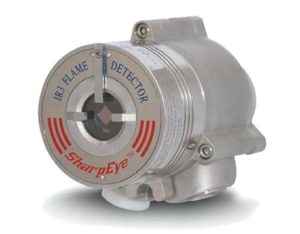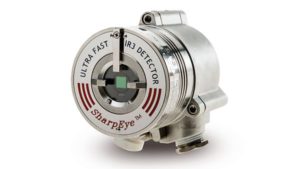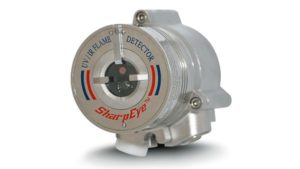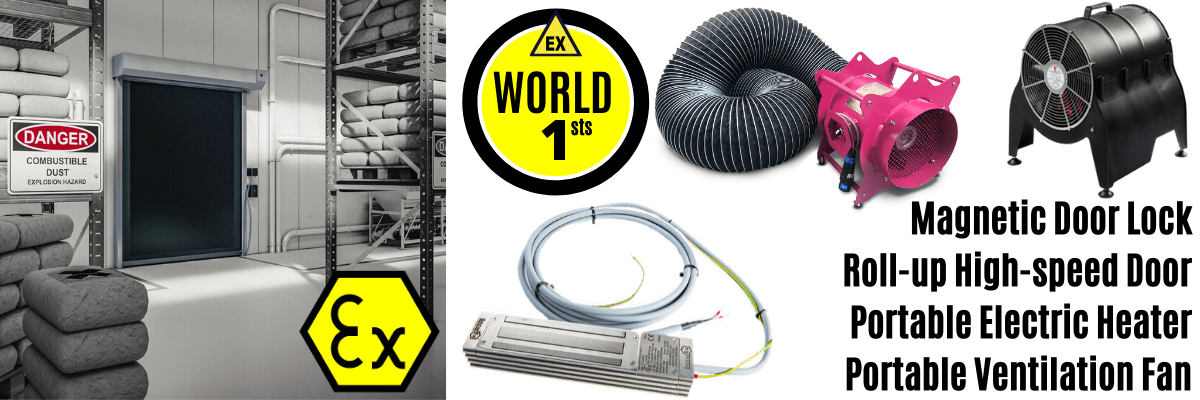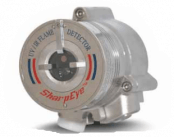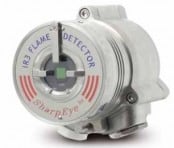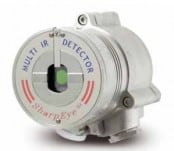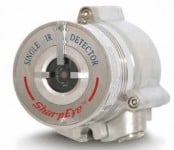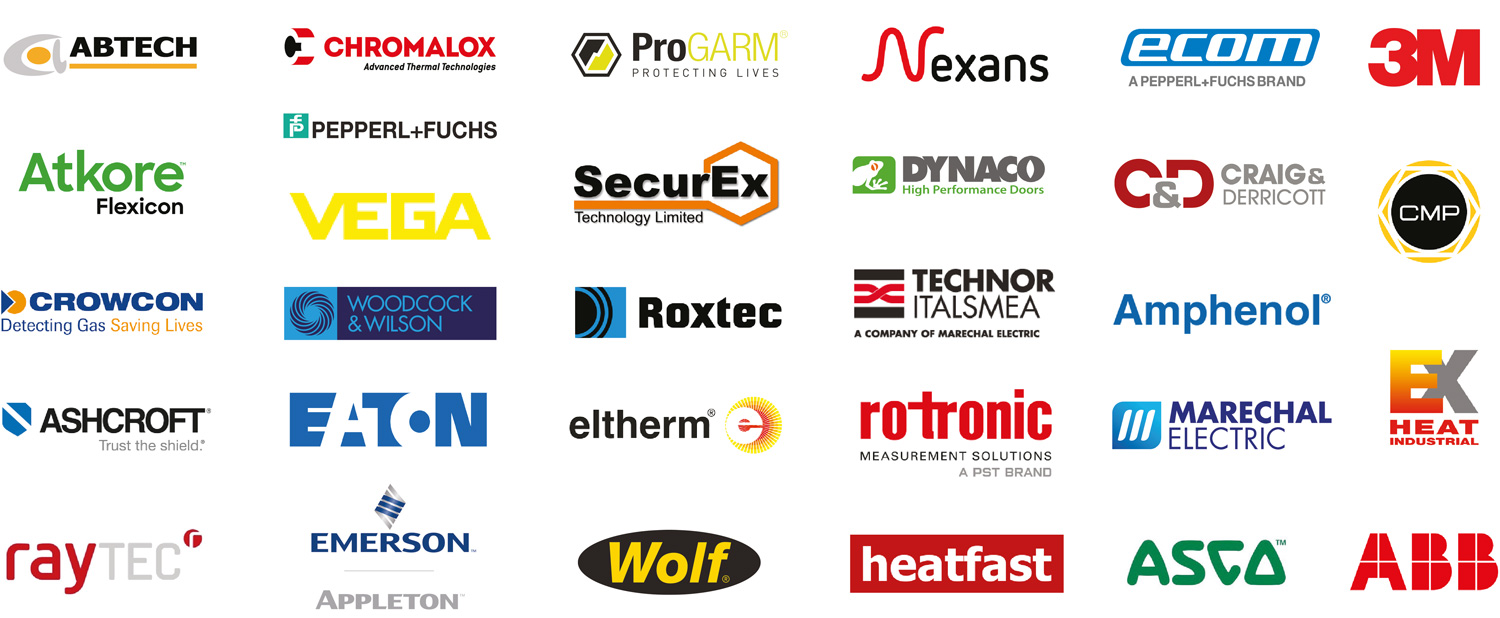Flame Detectors by Spectrex for the Oil & Gas Industry
Published 04 Aug 2020
Spectrex Flame Detectors
Thorne & Derrick International are suppliers of Spectrex Flame Detectors for the accurate detection of Flame in potentially explosive atmospheres and hazardous area locations according to ATEX and IECEx classifications.
Spectrex Flame Detectors are Hazardous Area Approved for use in Zone 1 & Zone areas (ATEX) and 3rd party Performance Approved for onshore and offshore flame detection.
In this blog we will be uncovering the gas and fire risks in the oil and gas industries.
Oil & Gas Fire Risks
Activities in the oil and gas industry, including gas stations and oil rigs, involve many different types of equipment and materials. Recognising and controlling hazards is critical to prevent injuries and deaths.From gas stations to oil rigs, workers in the oil and gas industries face the risk of fire and explosion.
This is due to ignition of flammable vapours or gases.
Where there is any tank storing flammable substances, vapours could ignite. Loading and unloading such substances is also highly dangerous. Because of these dangers, detection systems must be able to detects leakage for a rapid response before widespread fire occurs.
Spectrex flame detectors
Application Spotlights
Floating Roof Tanks
A floating roof tank is often used to sore large quantities of combustible and flammable substances such as crude oil and petroleum, preventing fire is a priority.
Flammable and combustible liquid storage tanks are found in industrial refineries, petrochemical facilities, bulk storage plants, and marine terminals. Tanks can range from 10 feet to more than 350 feet in diameter, averaging 45 feet tall. In a tank with a rim seal, flame detection around the rim seal must occur at the earliest stage to enable prompt activation of suppression; before the rim seal is damaged and more vapours can escape.
Fixed Roof Tanks
Fixed roof tanks is a type of storage tank used to store liquids, such as petroleum products, with vapour pressures close to atmospheric pressure. It consists of a cone- or dome-shaped roof that is permanently affixed to a cylindrical shell.
Pressure-vacuum valves purged with natural gas prevent air intake into the vapour space. Dangerous levels of toxic H2S can be present if the vapour loss through a tank’s pressure vent is high. Risks include overfill ground fires due to leaks, vent fires caused by vapour ignition due to a lightning strike, and fires due to equipment malfunction or human error.
Obstructed full liquid surface fires are hard to extinguish, as the tank roof blocks access to the burning surface. Large unobstructed full liquid surface fires can occur if a roof-shell joint separates and the tank roof sinks, such as after an explosion, leaving an exposed liquid surface vulnerable to lightning strike.
Refining
A refinery is an industrial process plant where crude oil is transformed and refined into more useful products such as petroleum, gasoline, diesel fuel, and kerosene.
In a refinery, there are numerous processes that create hazards such as fire, explosion, toxicity and asphyxiation. For example, gas and vapour leaks from crude desalting and catalytic cracking present a fire risk if sources of ignition, such as heaters, are present. Rapid flame detection prevents these fires, which can otherwise spread quickly.
Oil Rigs
Oil and gas rigs deal with a large number of highly combustible and toxic chemicals and gases. This increases the risk of fire and explosions, which can occur without warning.
There is also an increased risk of exposure to dangerous levels of toxic gases such as H2S and NH3. Consequently, there is a critical need for continuous gas and flame detection.
If exposed to fuel on an oil platform, a rapid fire can breakout. Many fires have begun during oil drilling, when a large pocket of gas is discovered. As the gas rises, it can cause a blowout: the leading cause of explosions and fire on oil platforms, occurring when the gravity of the drilling mud fails to counteract the pressure of a pressurised gas zone underground.
FPSO Units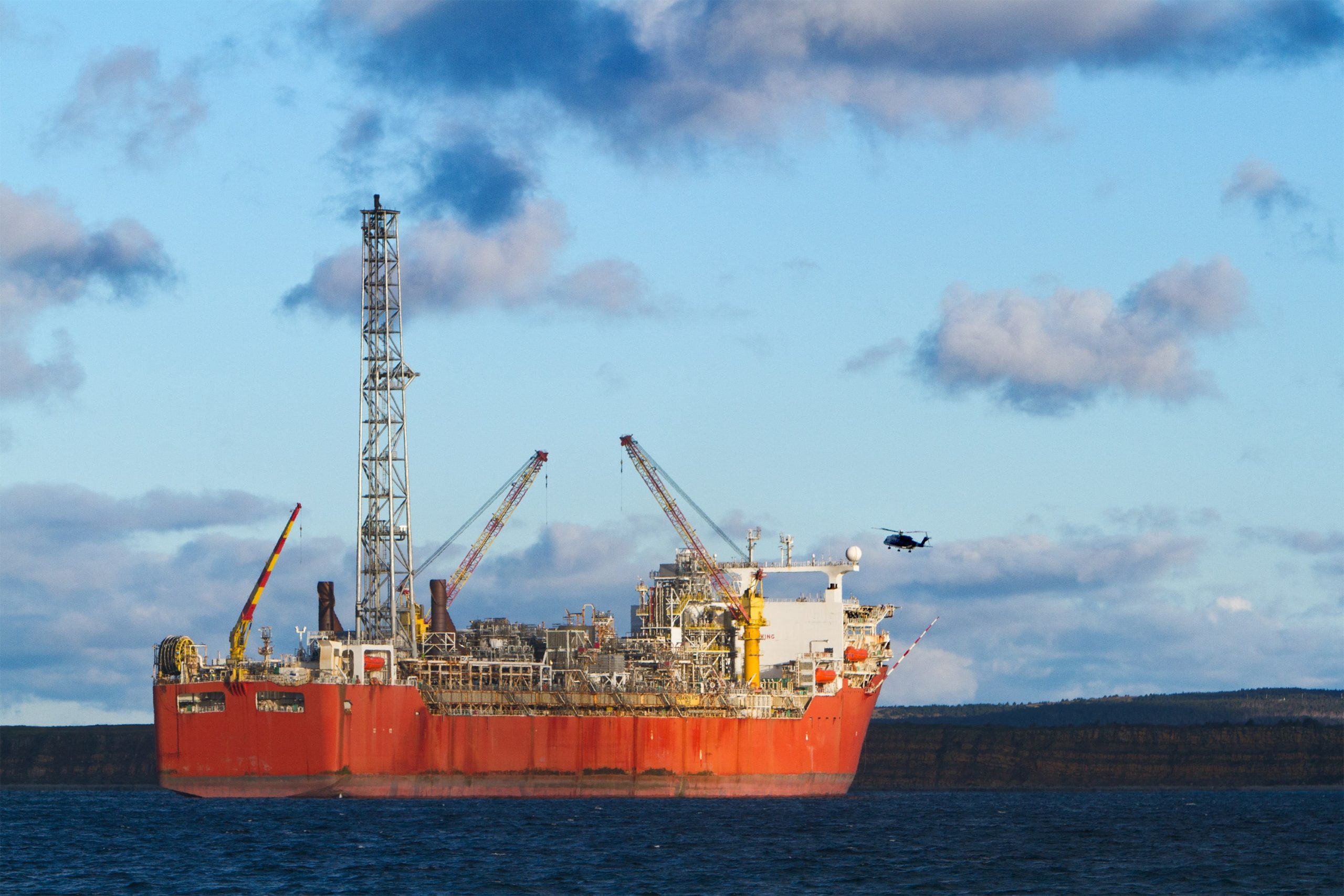
The potential for gas leaks in an FPSO unit is enormous. Many types of gas leak are possible: hydrocarbons, hydrogen, H2S, and more. Each type of gas leak presents its own set of risks to both personnel and the plant.
Offshore oil and gas platforms, rigs, and FPSOs require flame detectors and open path gas detectors to protect equipment, personnel, and the installations themselves.
Both PFSO and oil and gas rigs hold many hazards areas, such as:
- Production areas (drilling pits and pipes)
- Offloading areas (piping connecting to loading vessels)
- Turbines/engines enclosures
- Heating ventilation and air-conditioning ducts (HVAC)
- Control rooms, operation cabins, and captain bridges
- Residence cabins and recreational areas
- Kitchen areas and dining rooms
Marine, Rail & Road
Flammable and toxic products are often transported by sea, rail, or road. When these products are loaded or offloaded, there is an increased risk of spillage or leakage.
There are various hazards associated with loading and unloading, for example, releasing methanol from pressurised piping can cause instant liquid flashing and vapour generation.
Combustion and toxic hazards are always present to a varying extent in loading and offloading processes.
Pumping Stations
Pumping stations, also known as compressor stations, are located along pipelines and facilitate the transportation of natural gas from one location to another. The gas is repeatedly pressurised every 40-100 miles, to allow its transportation. The stations have engines or special turbines to pressurise the gas.
Although the occurrence of fires in natural gas compressor stations is infrequent, the consequences are often severe. These fires can lead to destruction or extensive damage of equipment to the loss of an entire station, and even loss of lives.
The two major causes of compressor station fires are failures of the gas piping systems and failures of the lubricating and seal oil systems on the compressor units.
Gas Stations
Fire is a very real possibility in a gas station. This is due to the presence of flammable fuel, together with possible ignition sources, such as static electricity.
Gas stations sell vehicle fuels such as gasoline and diesel, and condensed gas. Fuel dispensers are used to pump the fuel into vehicles. Gasoline and diesel are obviously highly flammable, presenting a significant fire risk.
By using an effective flame detector, you can reduce this risk and benefit from increased safety for your gas station and its personnel.
Compressor Stations
Compressor stations carry natural gases, presenting a large fire risk. Stress to the machinery can result in malfunctions that cause leaks, where the flammable fuel can come into contact with an ignition source.
Compressor decks require continuous gas and flame monitoring due to the following factors:
- Constant high stress on the machinery.
- Vibration, spills, high pressure leaks and fugitive emissions
- In the natural gas stream, hydrogen sulfide, liquids, and undesirable particles can corrode components such as pipelines.
- Possibility of seals or gaskets failing, allowing the fuel to come into contact with heated parts and an ignition source.
LNG and LPG Facilities
Liquefied natural gas (LNG) vaporises when warm, presenting a large ignition risk. It is 600 times denser than the gas form, making it more feasible and less expensive to transport.
Several processes are used to make LNG, all of which involve refrigerating the gas and expanding it, to turn into a cryogenic liquid. Spills, leakage, and subsequent explosion are a risk in every operational step of LNG production.
Petrochemical
The production of petrochemicals creates many individual hazards that must be monitored. Natural gas and petroleum are highly flammable, while some processes may create dangerous, toxic byproducts.
The chemicals involved in each petrochemical process present their own individual hazards that must be monitored.
Both natural gas and petroleum are highly combustible products. In addition, many petrochemical processes have dangerous byproducts, like toxic H2S. One such process is the production of aromatic hydrocarbons Benzene, Toulene, and Xylene.
Flame Detectors For Explosive Atmospheres & Hazardous Areas

EXPERTS IN EQUIPMENT FOR EXPLOSIVE ATMOSPHERES
LEADERS IN ATEX INNOVATION TO THE HAZARDOUS AREA INDUSTRIES
Thorne & Derrick are leaders in the development and distribution of Product Innovations that deliver significant improvements to clients plant, people and operational safety in the explosive atmosphere industries.
Your proactive problem solvers experienced in succession planning for the replacement of obsolete, non-conformant and legacy equipment in hazardous areas.
Your first-choice provider of innovative and competitive solutions to ensure ATEX & IECEx Compliance for Hazardous Area Electrical, HVAC & Process Instrumentation Equipment to UK and international projects.
Control Panels | Plugs | Isolators | Enclosures & Junction Boxes | Lighting | Control Stations | Motor Starters | Heat Trace | Gas Detection | Flame Detection | Process Instrumentation | Process Heating | Ventilation Fans | Security Access Control

Competitive Prices | Extensive Stocks | Technical Support | Express Delivery

